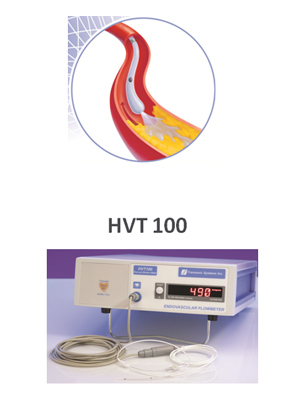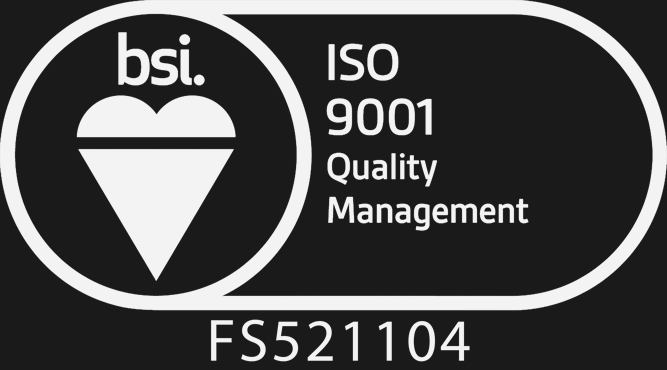Angioplasty / Surgical Revision

Vascular Access Revision
Intra-graft Flow Measurements
During angioplasty, a Transonic ReoCath Flow Catheter and Endovascular Flowmeter provide the interventionalist with immediate flow feedback for quantitative confirmation that a hemodynamically significant stenosis has been corrected or that elastic recoil has not compromised the flow correction.
Intraoperative Flow Measurements
When surgery is the access revision option, intraoperative flow measurements inform during the revision. Transonic quantitative measurements replace guesswork especially when an access needs to be banded to mitigate ischemic steal syndrome.
- HVT100 Endovascular Flow Meter
- Reocath Flow Catheter
MILLER Banding Procedure
The revolutionary Minimally Invasive Limited Ligation Endoluminal-assisted Revision or MILLER Banding Procedure, developed by Dr. Greg Miller, utilises Transonic's HVT100 Endovascular Flowmeter and ReoCath Catheters to make precise flow reductions to high-flow fitsulas in a simple outpatient procedure. See link below for more information on this procedure.
![]() Download Circle of Care brochure
Download Circle of Care brochure
Conclusion
In the outcomes-driven climate of proactive end-stage renal disease (ESRD) care, Transonic quantitative flow measurements are integral to successful and comprehensive vascular access management. During creation of the access, during haemodialysis and/or during interventions or revisions, respective Transonic flow measurements inform and guide the surgeon, nephrologist and/or interventionalist as they seek to create and maintain a healthy access for their patients. Transonic flow-based “Circle of Care” is a cornerstone for proactive Vascular Access Management.





